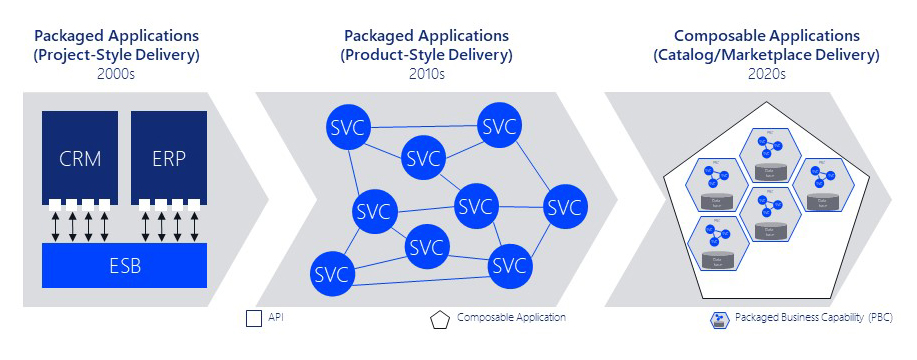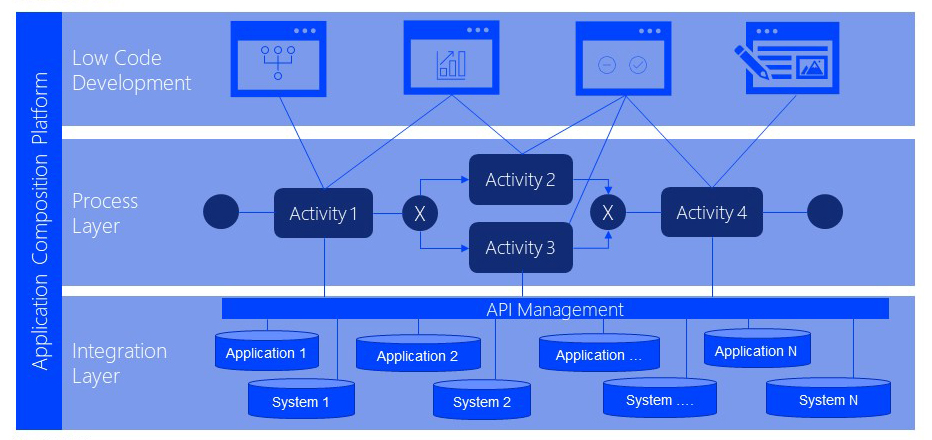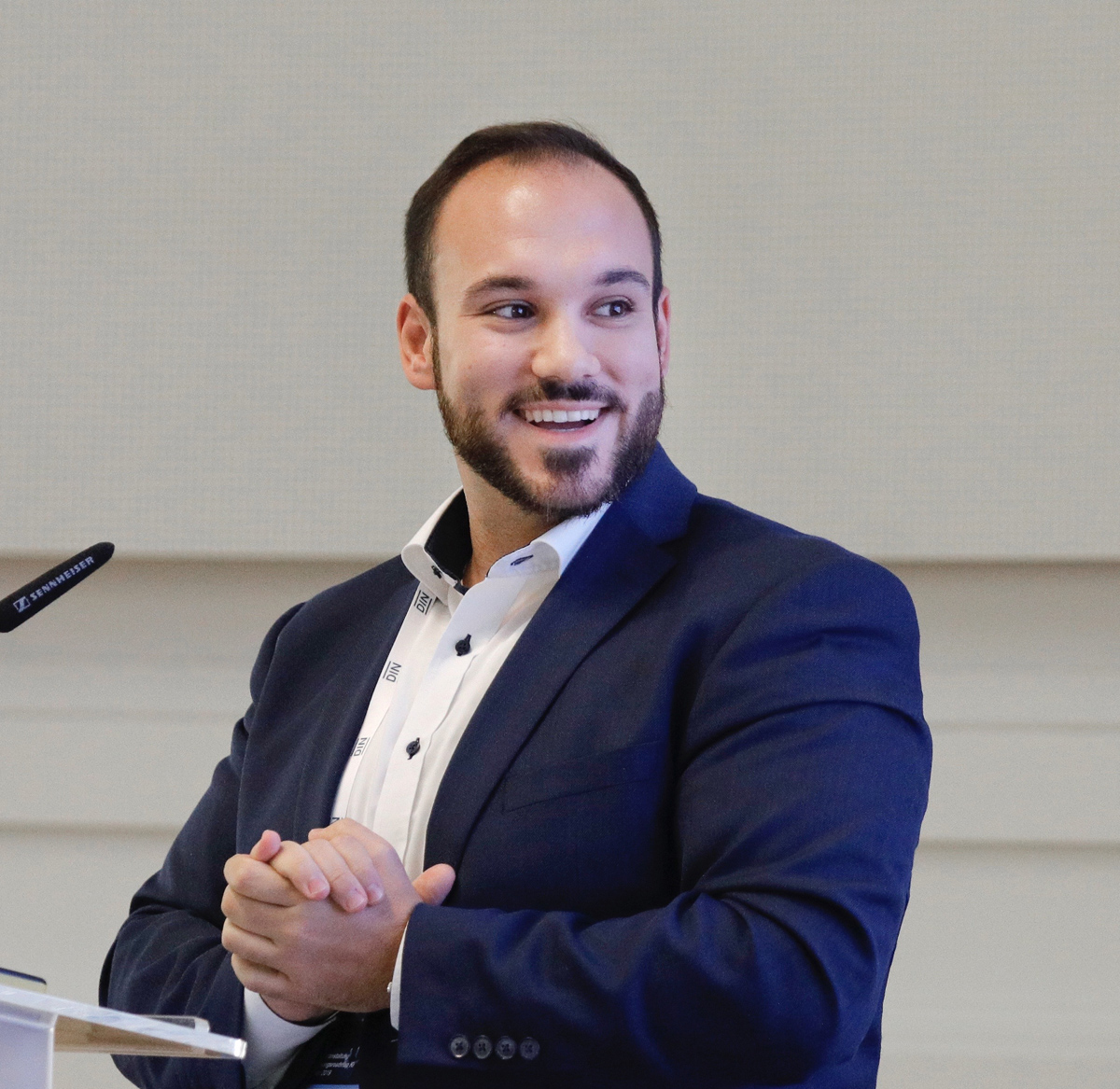Prof. August-Wilhelm Scheer, one of the fathers of the first wave of industrial digitalization, gave the big buzzword CIM for Computer Integrated Manufacturing a symbol with his famous Y of process integration. Now, under the wing of his Scheer Holding, a young team is about to support industry in the next wave of digitalization. Scheer PAS – PAS stands for Process Automation & Integration Platform – offers low-code and Kubernetes cluster management in areas where not many dare to go yet. A conversation with the Head of Product Management and Marketing, Sharam Dadashnia.
Ulrich Sendler: Sharam Dadshnia, what is the new thing that Scheer PAS offers the industry in terms of digitalization?
Sharam Dadashnia: The new thing is our platform, with which we make the entry and use of web technology in industrial processes based on open standards such as Kubernetes calculable and realizable at short notice. It is a new way to make your own software development as fast and flexible as the industry now demands. With optimized use of the existing heterogeneous IT landscapes. It is a door to the much-vaunted IoT solutions that most companies cannot handle with existing technologies. Application composition, or the composition of a wide variety of applications, is our topic.
Ulrich Sendler: When you talk about a platform, you don’t mean a hardware or software environment on which everything is supposed to run at the customer’s site?
Sharam Dadashnia: Exactly not. On the contrary. Web-based container apps differ from conventional monolithic software in that they bring with them in their capsules everything they need to run, from the engine to the data to service libraries.
This is why they are very easily portable. And it increases their fail-safety. If an app crashes, the entire environment is not affected. If an app needs an update, the user doesn’t even notice because the update runs in the background. However, it really becomes interesting when entire clusters of apps work together in an orchestrated manner and exchange data with each other or with legacy software.

From monolithic architecture to composable applications in the cluster. (Image Gartner)
Ulrich Sendler: What are the reasons that web technology is currently receiving such attention?
Sharam Dadashnia: The industry is at an inflection point. Software plays the main role in innovation almost everywhere: in the product, in the processes, in the business and business relationships. New demands are constantly coming from employees, customers and partners that require new software solutions quickly and are either impossible to achieve with existing IT or require so much effort that it takes too long. Web technology makes it much faster and easier. And each of these apps is very easily reusable. The encapsulation of building blocks through web technology brings completely new possibilities for the re-use of software as well.
Ulrich Sendler: Why is that?
Sharam Dadashnia: Just because of their encapsulation. Imagine a flock of birds or fish. Something makes them change their direction. The whole flock does this in seconds. An airplane or a large ship, by comparison, takes an enormous amount of time to implement a change in direction. Containers behave more like birds and fish.
Ulrich Sendler: What are the core elements of your platform?
Sharam Dadashnia: The basis is cloud containers in all their forms and the web technology itself. For this, our platform provides support for application development, process automation and integration. And in all steps our own low-code tool helps by simplifying the realization very much. Including customization, extension and new development. We were one of the first providers to do this, long before a veritable low-code hype swept the entire IT world.

The core elements of the Scheer PAS Platform (Image Scheer PAS)
Ulrich Sendler: In the world of hyperscalers like Google – which is where Kubernetes came from – or AWS and Microsoft, this technology has been state of the art for ten years. Why is it only now coming to the industry?
Sharam Dadashnia: At Scheer, we come from a process integration background. This is already a complex task in the IT world, even though we are “only” talking about connecting a manageable number of software systems. In industry, especially on the production floor with its thousands of devices, appliances, systems and machines, it is even more complex. Now data has to be used from all these things that nobody originally thought would ever be part of an IT landscape, and that their data is what matters. That’s why we also work very closely here with companies like Rittal and German Edge Cloud. Our know-how from software development and their expertise in industrial automation now make container technology a solution that is viable in industry.

